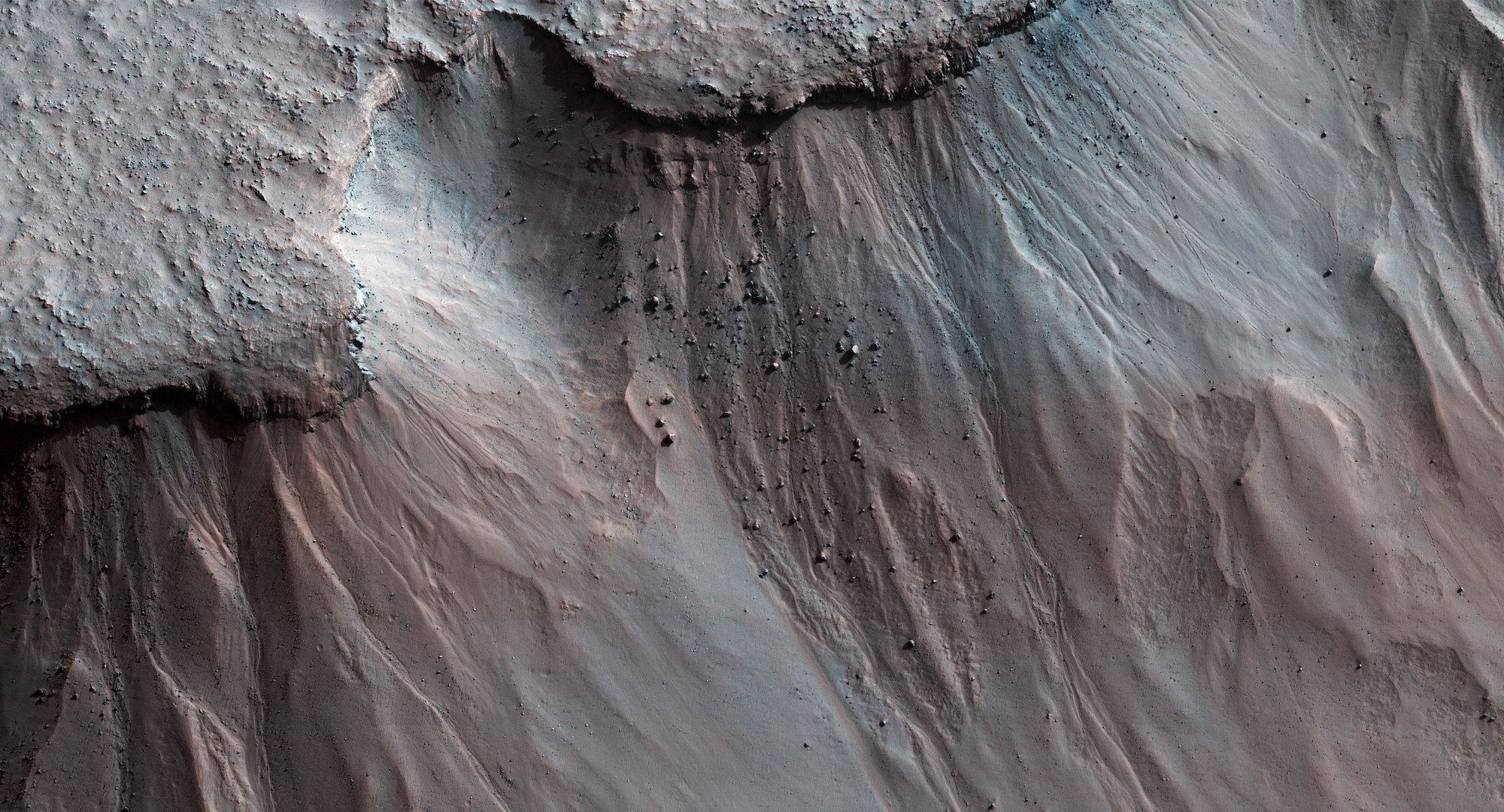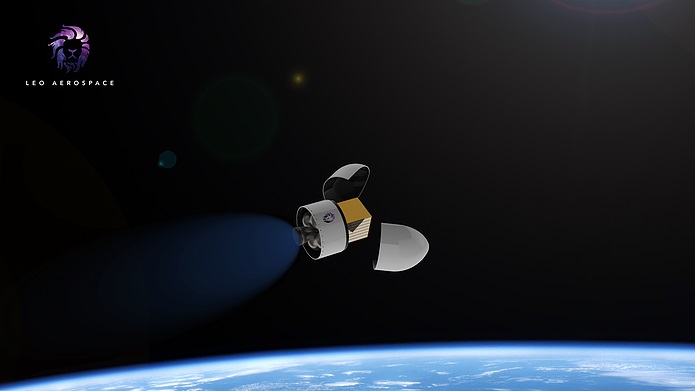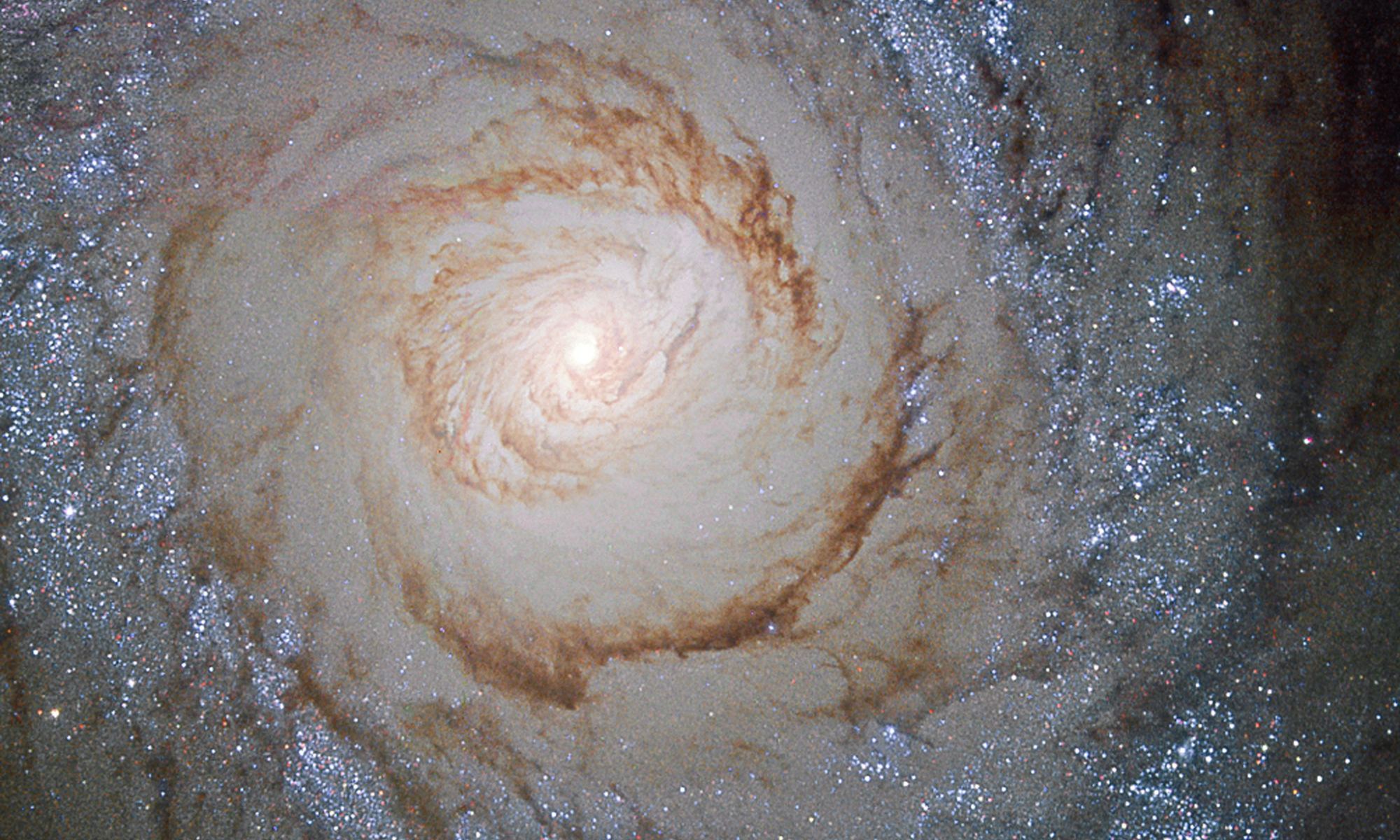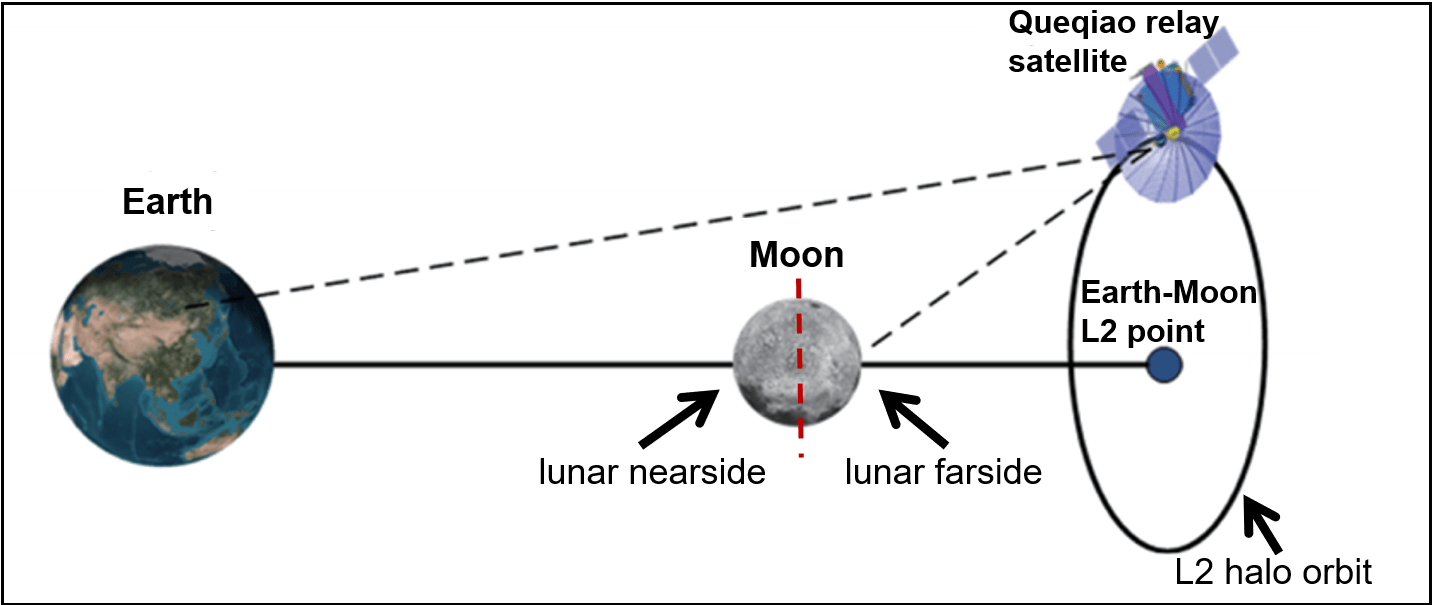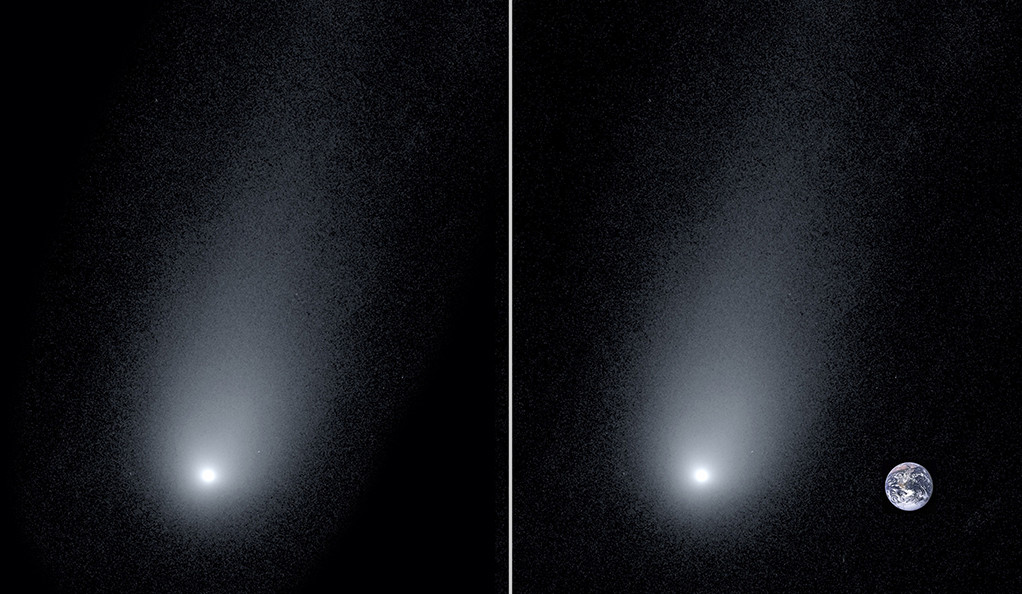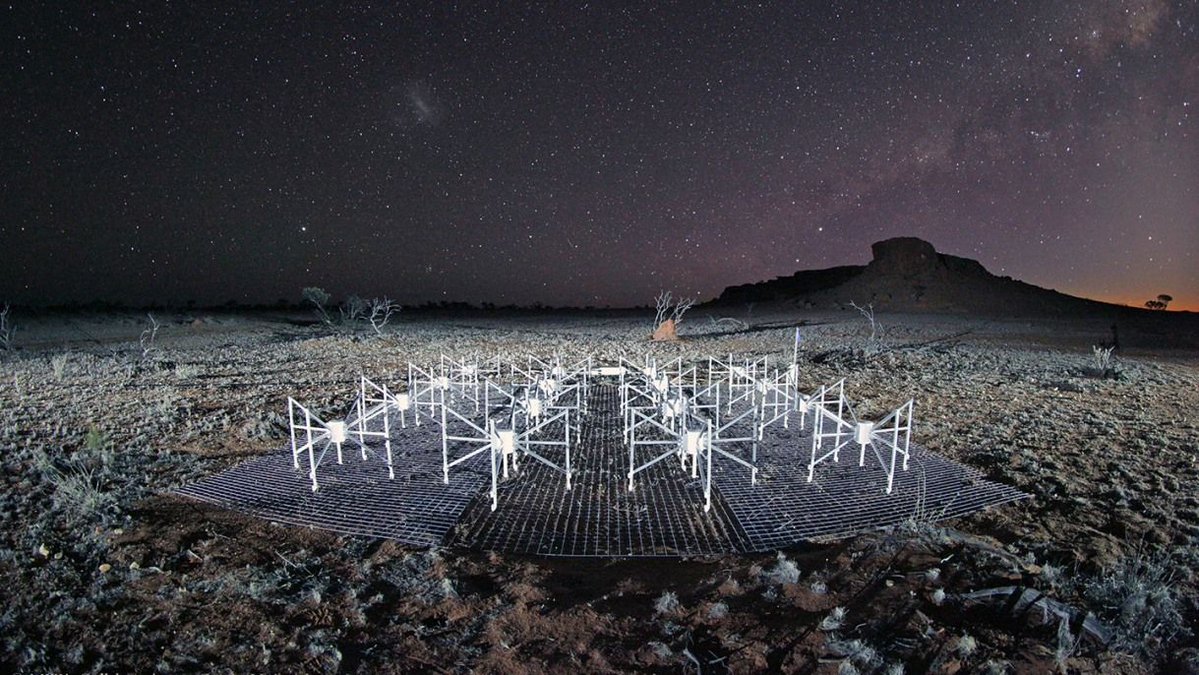Welcome back to Messier Monday! Today, we continue in our tribute to our dear friend, Tammy Plotner, by looking at the “Cat’s Eye” spiral galaxy known as Messier 94!
During the 18th century, famed French astronomer Charles Messier noticed the presence of several “nebulous objects” while surveying the night sky. Originally mistaking these objects for comets, he began to catalog them so that others would not make the same mistake. Today, the resulting list (known as the Messier Catalog) includes over 100 objects and is one of the most influential catalogs of Deep Space Objects.
One of these objects is the Cat’s Eye Galaxy (aka. the Croc’s Eye Galaxy and Messier 94), a spiral galaxy located about 15 million light-years from Earth in close proximity to the Canes Venatici constellation (and just north-east of Ursa Major). Measuring 50,000 light-years in diameter, this galaxy can be spotted with binoculars on a clear night – but only as a small patch of light. However, even with small telescopes, this object is discernible as a galaxy.
Continue reading “Messier 94 – the Cat’s Eye Galaxy”

